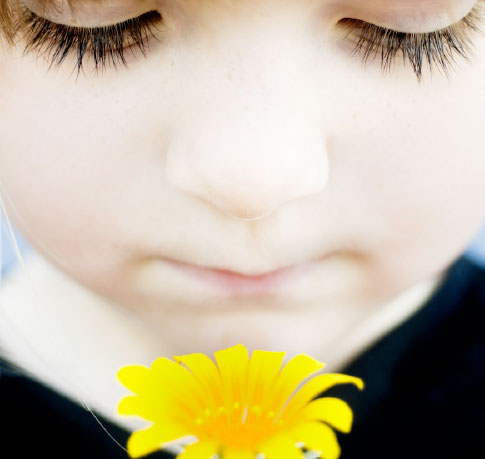 Coram Voice provide tips for talking to children about past experiences and why they are in care, after many told survey they had not had a full explanation. By Linda Briheim-Crookall In 1920, my grandmother went to live with her foster carers in rural Sweden. Her mum was a young single mother at a time when society did not readily accept or support unmarried mothers. My grandmother was lucky – she had regular contact with her mum and, as she got older, being able to speak about what happened helped her understand the reasons why she couldn’t live with her. Unfortunately, this is not the reality for many children in care and care leavers. We know from our Bright Spots research programme in partnership with the Rees Centre at the University of Oxford that for children in care and care leavers, having an adult explain why they are in care directly influences their wellbeing. We have found that as many as half of the youngest children (aged four to seven) do not feel that they have been given a full explanation of why they are in care. Similarly, a quarter of care leavers feel that they don’t know why they were in care or they would like to know more. A lack of knowledge about the reasons for going into care was associated with children feeling unsettled in their placements and having low subjective well-being. "…I have asked why I was put into care, no one will tell me!!! I only have bad memories and therefore am left being very scared of my biological family and yet no one will/can help me…” (care leaver) Talking to professionals has also revealed systemic barriers to making sure that every child has a full explanation of why they are in care. Life story work, which is a legal entitlement for all children who have been adopted, is not required for children in care. Sadly, social workers and carers change too often and some professionals may assume that a young person will already have received an explanation as to why they are in care. Professionals may also feel that they don’t have the skills to explain difficult realities to children for fear of upsetting them. They call it life story work… but they don’t really do it. I have a memory box, but I want information and facts… To know more about how I came into care. I think I should have been told years ago.” (young person in care) However, we found that in some areas of the country, young people had a better understanding of why they were in care. In East Riding, a higher proportion of care leavers than our survey average reported feeling the reasons why they were in care had been fully explained. East Riding explicitly includes a question in pathway plans about whether young people have any questions about why they became looked after. In Southampton, the local authority responded to the survey findings by developing a new training workshop for social workers called ‘finding the right words’. The training offers a ‘reflective space to try out and work together on ways to communicate difficult experiences’. In other local authorities, the survey has contributed to renewed focus on life story work with children in care and care leavers. Nine key messages from children and young people that social workers should consider:
Once children understand why they are in care they can begin to process those experiences and deal with the feelings that emerge. We have also found that creative writing can be a particularly powerful tool to help young people explore their feelings and take control of their own narrative. As a result, Coram Voice runs Voices, an annual creative writing competition for children in care and care leavers. It is only when children are given a chance to understand why they are in care and the opportunity to express what they feel that they can settle into their new reality. Linda Briheim-Crookall is Head of Policy and Practice Development at Coram Voice. The Voices creative writing competition runs until 12 February, find out more at coramvoice.org.uk/voices. Source: www.communitycare.co.uk Comments are closed.
|
News & JobsNews stories and job vacancies from our member agencies, the fostering sector and the world of child protection and safeguarding as a whole. Browse Categories
All
|
|
The Fairer Fostering Partnership
c/o TACT Fostering Innovation House PO Box 137 Blyth NE24 9FJ |

 RSS Feed
RSS Feed
